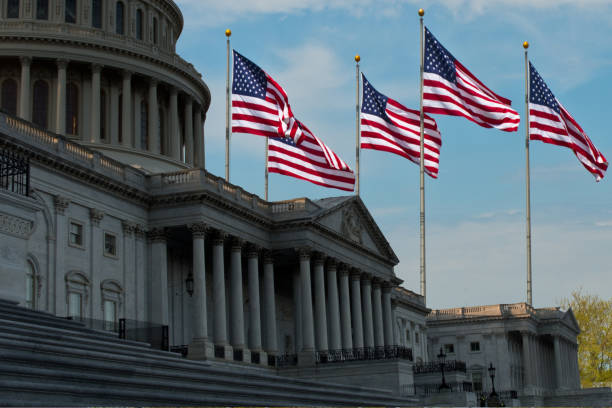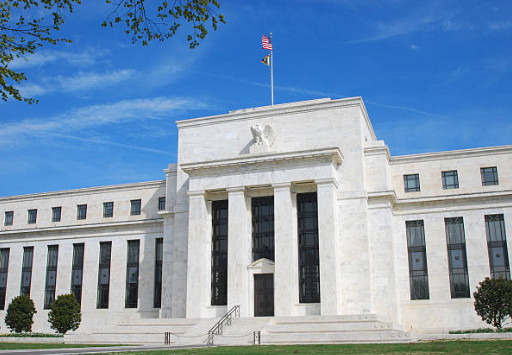TREASURIES-US yields rise after solid data on job openings; impact of tax bill passage muted

By Gertrude Chavez-Dreyfuss
NEW YORK, July 1 (Reuters) - U.S. Treasury yields advanced on Tuesday after data showed the labor market remained resilient with a rise in job openings for May, confirming the Federal Reserve's stance of being patient on cutting interest rates.
At the same time, the U.S. Senate narrowly passed President Donald Trump's tax cut and spending bill, signing off on a massive package that supports many of his top domestic priorities into law, but adding $3.3 trillion to the national debt over a decade. The news saw some buying of Treasuries, pushing yields off their highs in the wake of the stronger-than-expected jobs data.
U.S. job openings unexpectedly increased in May, rising 374,000 to 7.769 million by the last day of May, according to the Job Openings and Labor Turnover Survey, or JOLTS report, on Tuesday. Economists polled by Reuters had forecast 7.30 million vacancies.
According to Action Economics, the job openings number was the highest since November.
That JOLTS report tied in with comments from Fed Chair Powell, who on Tuesday repeated the central bank's plan to "wait and learn more" about the impact of tariffs on inflation before lowering interest rates. He added that the U.S. economy remained in a pretty good position.
However, when asked if July was too soon to consider rate cuts, the Fed chief said he "can't say" but that the decision would depend on the economic data. Treasury yields slipped following those comments, but rose again with the JOLTS report.
"The hard data has been resilient and the (JOLTS) data...is solid, so it is hard to make a decision when you have solid data and you're just trying to assess the impact going forward," said Antonina Tarassiouk, senior fixed income analyst at Reams Asset Management.
"So from where I stand, the Fed's hands are a little tied, but I think they will get clarity in the next few months and it will take time. And Powell is very clear in terms of the fact that he is not resistant to cutting, but he needs to see more evidence before he does so."
In afternoon trading, U.S. 10-year yields rose 2.7 basis points (bps) to 4.249% US10YT=RR after earlier dropping to its lowest since early May.
U.S. 30-year yields were last flat on the day at 4.778% US30YT=RR.
On the shorter end of the curve, U.S. two-year yields, which track interest rate expectations, climbed 5.3 bps to 3.774% US2YT=RR.
Following Powell's comments and the JOLTS number, the fed funds futures market has priced in a 21.2% chance of a rate cut in July, up from 18.8% late on Friday, according to CME's FedWatch. For the September meeting, easing chances were at 92%, from 91% on Friday.
Other economic data on Tuesday showed a slightly different picture from the JOLTS report. The Institute for Supply Management's manufacturing index edged up to 49 in June from a six-month low of 48.5 in May, with anecdotes from firms indicating tariffs were taking a toll.
It was the fourth straight month that the index was below the 50 mark, which indicates contraction in the sector that accounts for 10.2% of the economy.
CONSTRUCTION SPENDING; ONE BIG BEAUTIFUL BILL
In addition, U.S. construction spending fell in May, sliding 0.3% after an upwardly revised 0.2% decline in April.
Meanwhile, Trump's One Big Beautiful Bill heads back to the House of Representatives for final approval. Trump has pushed lawmakers to get it to his desk to sign into law by the July 4 Independence Day holiday.
"The bond market...is not really thinking much about how much debt we have to sell relative to what the demand, particularly foreign demand, is going to be," said Scott Wren, senior global market strategist, at Wells Fargo Investment Institute in St. Louis.
"I think the market's been pricing it in and it looks like the market's right that this bill's going to get passed and the debt ceiling is going to go up with that, and if you don't have taxes on Social Security and tips -- and we're not looking for a recession -- and some of these measures in this bill are going to aid consumer spending, certainly."
The yield curve flattened after the passage of the bill, with the spread between the two-year and 10-year yields narrowing to 47 bps US2US10=TWEBfrom 50.5 bps late on Monday.
The tax and spending legislation has raised concern among bond investors about the growing supply of Treasury debt needed to finance it, specifically on the long end of the curve since debt issuance is typically in that sector. That typically floods the market with Treasuries pushing longer-dated yields lower.





